Farming Land and Business Premises in Your SMSF
Having the transfer balance cap of $1.6m introduced for pensions has more impacts on self-managed superannuation funds (SMSFs) if the SMSF has invested in property, particularly valuable farming land that is still being farmed by the family or a business premises that is used for the members’ business.
Real estate is an illiquid asset, so it might be a good strategy for growth in a SMSF whilst the members are young, but if the real estate is also crucial to other aspects of the family wealth, then owning it in the SMSF could even put that real estate at risk.
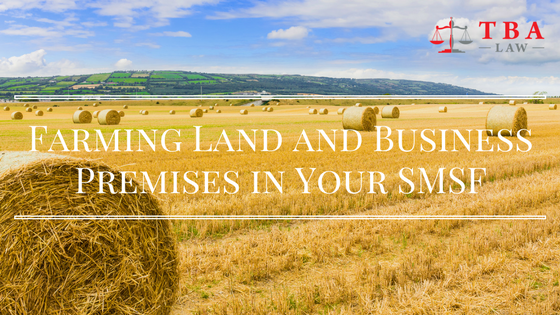
Pensions
Once a member, or both members, reach retirement age and can be paid a pension from their SMSF, an accounting exercise occurs inside the SMSF. The ‘accumulation account’ which was a line item in the balance sheet holding all the member funds is converted. It is transferred to a ‘pension account’, or multiple pension accounts, totalling up to $1.6m. This is all done with figures on a balance sheet, but in reality the assets might be real estate and real estate is not divided between funds so easily.
Also, if the rent received from the real estate is insufficient to cover the minimum annual pension payment required. This may mean the real estate needs to be sold, or it is transferred back into the accumulation account and loses its tax exempt status.
Death
When a member of the SMSF dies, the death benefit needs to be paid. The death benefit could be paid as either lump sum, or as an income stream to a spouse or minor children. If the death benefit is paid to adult children, then usually cannot receive a pension or income stream.
Because the death benefit usually needs to be paid as a lump sum, if there is not enough cash in the SMSF to pay the death benefit, then real estate owned in the fund will need to be sold. Sometimes there is a possibility that the real estate could be transferred to the death benefit beneficiaries, but there can be capital gains tax consequences for the SMSF doing that.
If an income stream can be paid to the spouse, and the property can stay inside the SMSF, the transfer balance cap for the remaining spouse might be exceeded. This then creates a problem of some of the death benefit being able to stay in the SMSF and the remainder needing to be paid as a lump sum. Again, this could result in the real property needing to be sold.
Farm Example
Peter and Sue are second generation farmers in the Mallee district of Victoria. They had been running their farming business in a family trust since they inherited a lot of their land off Peter’s parents. But about 15 year ago, they transferred a number of the pieces of farming land into their new SMSF, and a number of other pieces into a property trust. They retired 5 years ago, essentially handing over the family trust to their son to keep the farm running. Their son needs to be able to farm all their land for the farming business to be viable.
Their SMSF and property trust look like this:
ABC Pty Ltd atf SMSF
Block 2 – 640 acres – $1,020,000
Block 3 – 590 acres – $940,000 – plus second residence where son lives
Block 5 – 530 acres – $820,000
Peter and Sue atf P & S Property Trust
Main residence on 640 acres – $1,050,000
Block 6 – 820 acres – $1,300,000
Block 4 – 588 acres – $850,000
Peter and Sue are being paid a pension through their SMSF from the rent paid to them by the farming business. But when Peter dies suddenly of a heart attack, the reversionary pension that Peter had set up cannot be paid to Sue because her transfer balance cap of $1.6m is quickly exceeded. A lump sum to the value of $1,180,000 needs to come out of the SMSF.
Sue is in a difficult situation. No one block achieves the value needed to come out of the SMSF, so two blocks will need to come out. Sue does not want to sell the land to a third party, because her son needs to farm this area for the farming business to remain viable. She does not have liquid assets to be able to buy the land from her SMSF herself, so her son is having to approach a lender to see if he can raise the capital to buy the land. Luckily the land in the Property Trust is all unencumbered, so those blocks can also be used as security, if needed.
This situation may not be the end of the world, but it does make the situation more difficult than it would have been if the land had all been in the Property Trust. However, with all the trouble over the death benefit in the SMSF, the tax benefits over time may have been more beneficial to use the SMSF than the Property Trust.
All these factors need to be weighed when investing through a SMSF rather than other structures, because short term tax savings are not the only consideration.
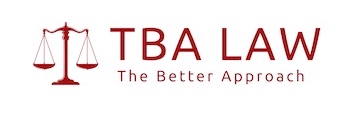

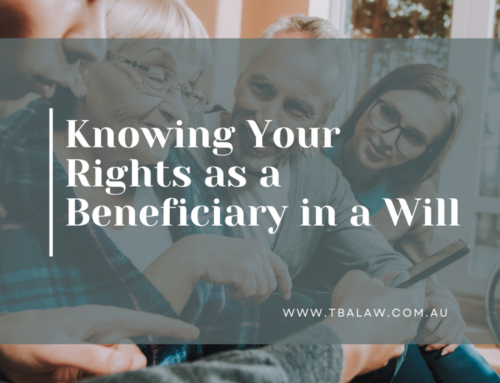
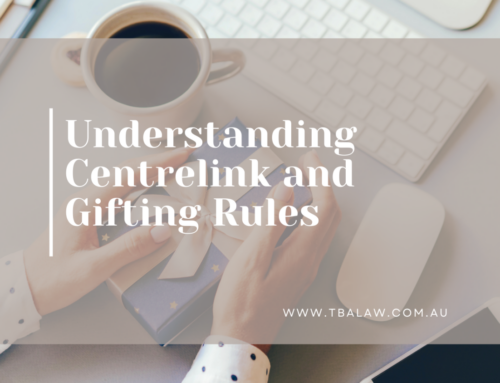
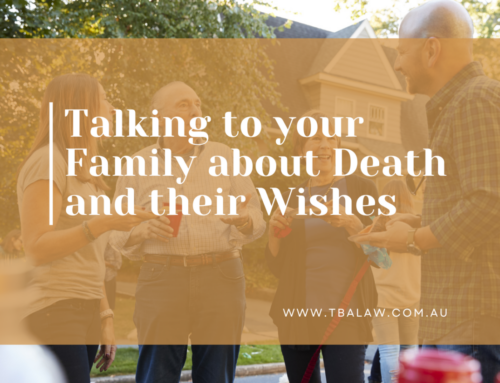
Leave A Comment